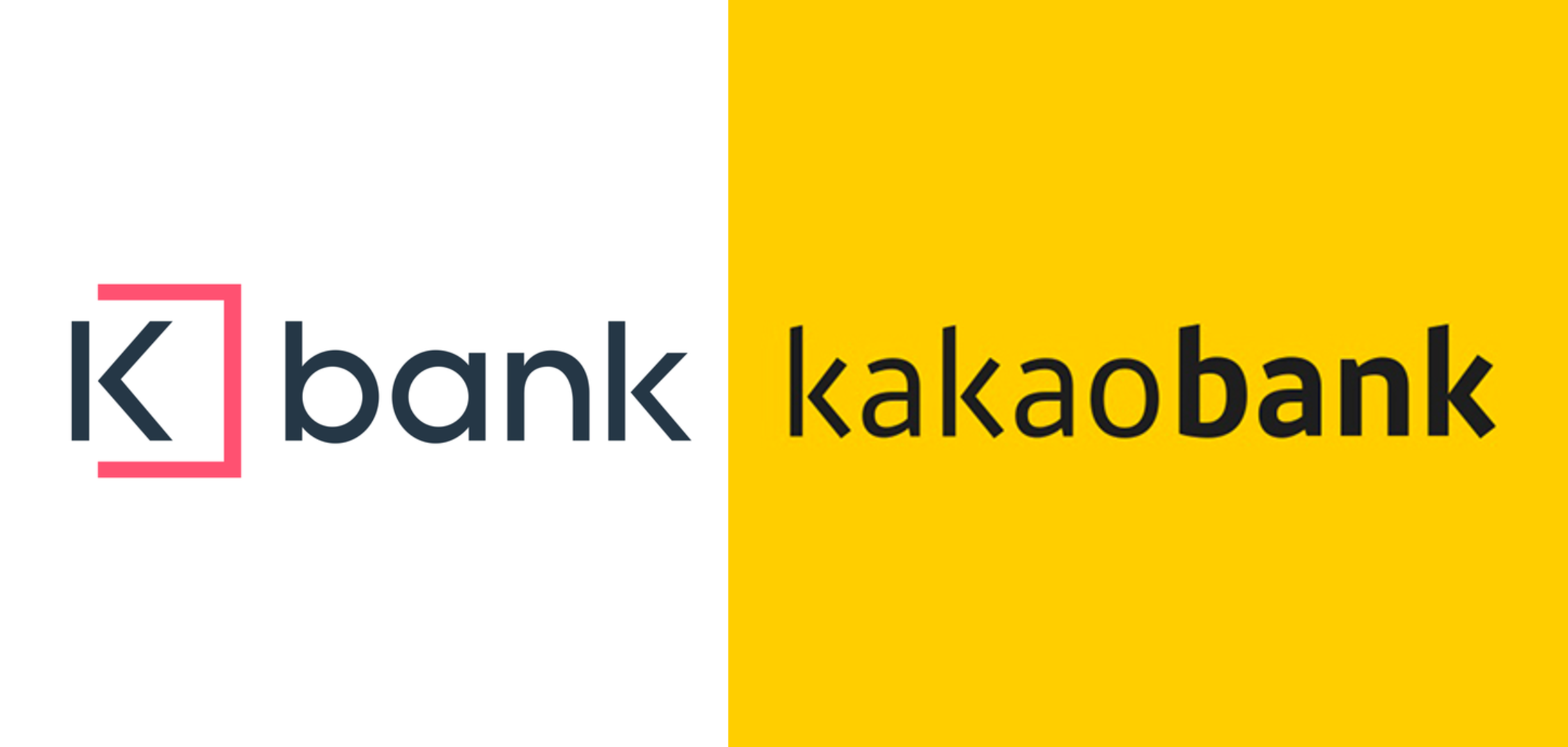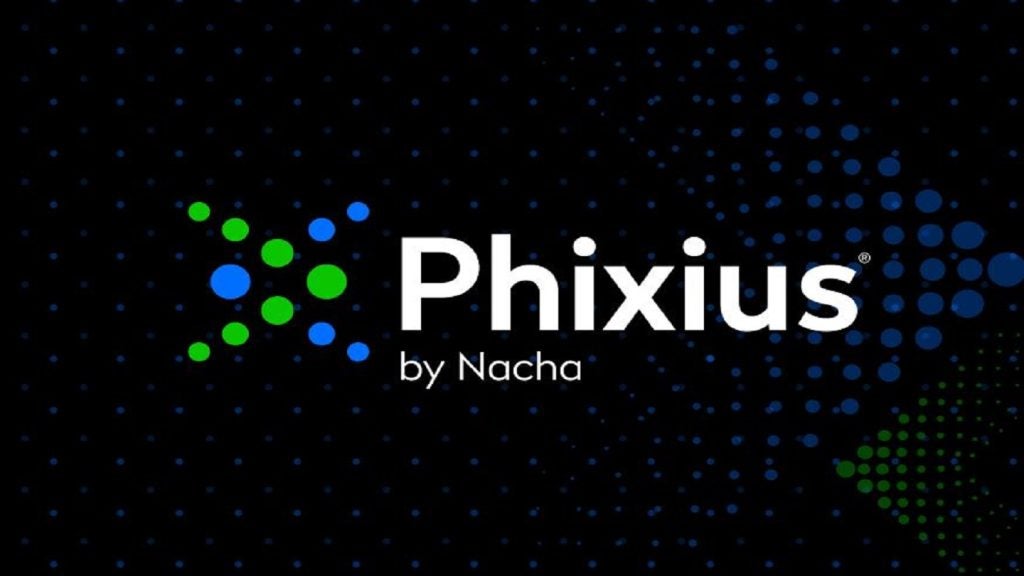
So who is going to win out in the incumbents versus neobanks battle?
The next big wave of innovation in financial services will be driven by incumbents starting with a blank canvas. That is the conclusion of Oliver Wyman’s 2019 State of Financial Services report titled “Time to Start Again”. The report finds that financial institutions can out-innovate fintechs through what it terms a greenfield approach.
This is where existing firms break free from the constraints of their legacy systems, business and talent models. It is based on new subsidiaries, new technology, and new customer solutions.
“For an industry whose product – the movement and storage of money – is electronic, the processes are still far too manually intensive” says Ted Moynihan, Managing Partner and Global Head, Financial Services, Oliver Wyman.
“Established firms will look to free themselves from the shackles of their legacy infrastructure and embark on future journeys unencumbered.”
Incumbents versus Neobanks – greenfield examples
Examples are beginning to be rolled out. RBS Group will soon launch Bó. This is a greenfield digital offering, built with new technology in under 12 months. National Australia Bank has had success with QuickBiz, a fully digital unsecured lending solution.

US Tariffs are shifting - will you react or anticipate?
Don’t let policy changes catch you off guard. Stay proactive with real-time data and expert analysis.
By GlobalDataGerman insurer ERGO has built Nexible as a challenger to its existing auto-insurance business. Goldman Sachs launched Marcus in the US and Europe, allowing it to enter consumer banking.
As RBI notes last October, RBS faces major challenge to make Bó a winner.
Bó will have to go head to head with the increasing number of digital only brands.
This group includes such as Monzo, Starling, Tandem and N26.
A number of banks such as BBVA have invested in existing digital start-ups such as Bank Simple and Atom in the UK.
Many incumbents have tried to tap into the growth in digital banking with the launch of a digital sub-brand. Few have enjoyed the success of the original sub-brand in the modern age, first direct.
Incumbents versus Neobanks – digital sub-brand winners
Winners include DBS’ Digibank. Digibank launched in India in 2016 with the target of attracting 5 million customers. By May 2017 digibank had grown customer numbers to more than 1.2 million. Today that number has grown to over 2 million.
Another winner is Emirates NBD with its Liv sub-brand launched in the UAE in May 2017. Since then Liv has been acquiring over 10,000 new customers every month. More than five in six Liv customers are millennials and new to Emirates NBD.
And then there is BNP Paribas and its Hello sub-brand rolled out in 2013. It now operates in France, Belgium, Germany, Italy, Austria and the Czech Republic with customer numbers of over 3 million.
The Power of New
The Oliver Wyman report highlights the success of South Korean digital bank Kakao. It attracted 6 million signups in less than a year. The report also references Chime in the US and its success in opening more than 2 million no-fee transaction accounts.
In the foreign exchange market, XTX gained 10% market share in three years, making it the second-largest player in 2018.
Some of these businesses may not yet be profitable. But over time the digital challengers and greenfield businesses will use what the report calls “flywheel momentum”.
This means collecting more data, developing new propositions with that data, and attracting more talent.
Incumbents versus Neobanks – digital sub-brand losers
Clydesdale launched its B sub-brand in May 2016. The brand is to be short-lived. The £1.7bn Clydesdale/Yorkshire takeover of Virgin Money will result in the newly enlarged group adopting a single brand strategy. The Clydesdale, Yorkshire and B brands will be dropped with the Virgin brand retained.
A bigger failure was the AXA Banque sub-brand Soon, launched in 2014.Three years later and having attracted little over 30,000 customers the brand was dropped.
Another loser is Hungary’s OTP Group. It launched Touch Bank in Russia in 2015. It was a brave effort to target a market in which digital market leader Tinkoff has performed to great effect.
In its three year history Touch Bank attracted more than 200,000 customers and deposits of around $85m. OTP had targeted break even by 2019. In May 2018 OTP said that it would wind down its Touch Bank brand in Russia. Accumulated losses in its three year history were estimated at around $25m.
Incumbents versus Neobanks – jury is out
It remains too early to judge the success of a number of digital sub-brands. Examples include: Chase’s Finn, Mashreq’s Neo and Wema Bank’s ALAT brand in Nigeria.
To be successful in the future, the report says that financial institutions need to have the same advantages as digital challengers. For example, the average number of customers each person in a challenger bank serves is over 2,500. This compares to 1,000 in existing banks.
Digital challengers launch new products or services in two weeks, compared to three to six months at traditional firms.
Greenfield is an attempt to deliver a customer offering to match or exceed the challengers. Using modern technology, an open platform, and third-party services, new banking and insurance platforms can be built within a year.
And, says Oliver Wyman, at a cost of between $10m and $60m. Financial services firms will hope to out-compete fintechs with greenfield platforms. They do however have the advantage of tremendous resources and an existing customer base from day one.
In the process, the new greenfield businesses will help catalyse and drive change across the organisation.
“The new will transform the old and create a better financial system overall”, concludes Moynihan.







